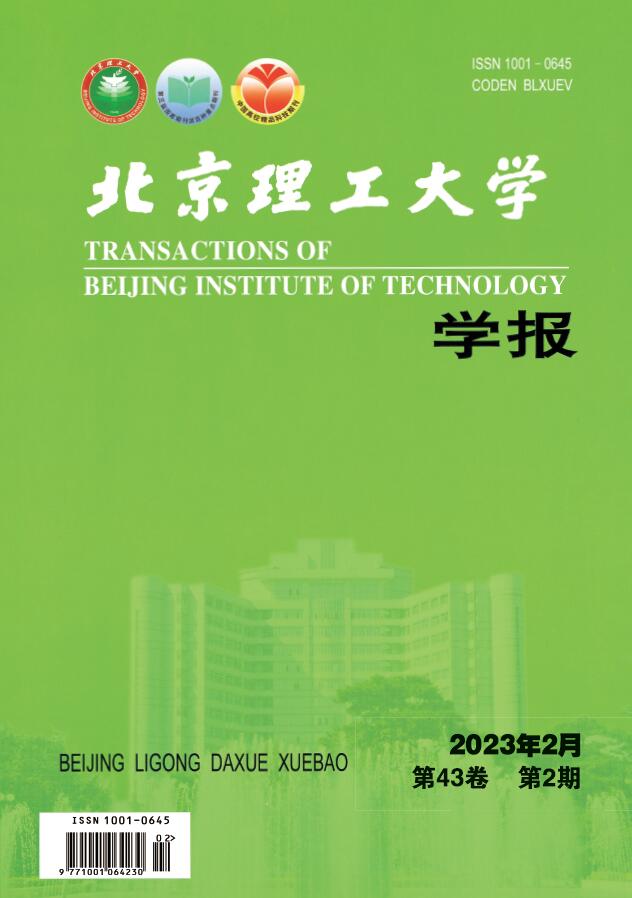2019 Vol. 39, No. 6
Display Method:
2019, 39(6): 551-557.
doi:10.15918/j.tbit1001-0645.2019.06.001
Abstract:
2019, 39(6): 558-564.
doi:10.15918/j.tbit1001-0645.2019.06.002
Abstract:
2019, 39(6): 565-570.
doi:10.15918/j.tbit1001-0645.2019.06.003
Abstract:
2019, 39(6): 571-577.
doi:10.15918/j.tbit1001-0645.2019.06.004
Abstract:
2019, 39(6): 578-582.
doi:10.15918/j.tbit1001-0645.2019.06.005
Abstract:
2019, 39(6): 583-588,596.
doi:10.15918/j.tbit1001-0645.2019.06.006
Abstract:
2019, 39(6): 589-596.
doi:10.15918/j.tbit1001-0645.2019.06.007
Abstract:
2019, 39(6): 597-602.
doi:10.15918/j.tbit1001-0645.2019.06.008
Abstract:
2019, 39(6): 603-608.
doi:10.15918/j.tbit1001-0645.2019.06.009
Abstract:
2019, 39(6): 609-614.
doi:10.15918/j.tbit1001-0645.2019.06.010
Abstract:
2019, 39(6): 615-623.
doi:10.15918/j.tbit1001-0645.2019.06.011
Abstract:
2019, 39(6): 624-631,637.
doi:10.15918/j.tbit1001-0645.2019.06.012
Abstract:
2019, 39(6): 632-637.
doi:10.15918/j.tbit1001-0645.2019.06.013
Abstract:
2019, 39(6): 638-643.
doi:10.15918/j.tbit1001-0645.2019.06.014
Abstract:
2019, 39(6): 644-649.
doi:10.15918/j.tbit1001-0645.2019.06.015
Abstract:
2019, 39(6): 650-654.
doi:10.15918/j.tbit1001-0645.2019.06.016
Abstract:
2019, 39(6): 655-660.
doi:10.15918/j.tbit1001-0645.2019.06.017
Abstract:


